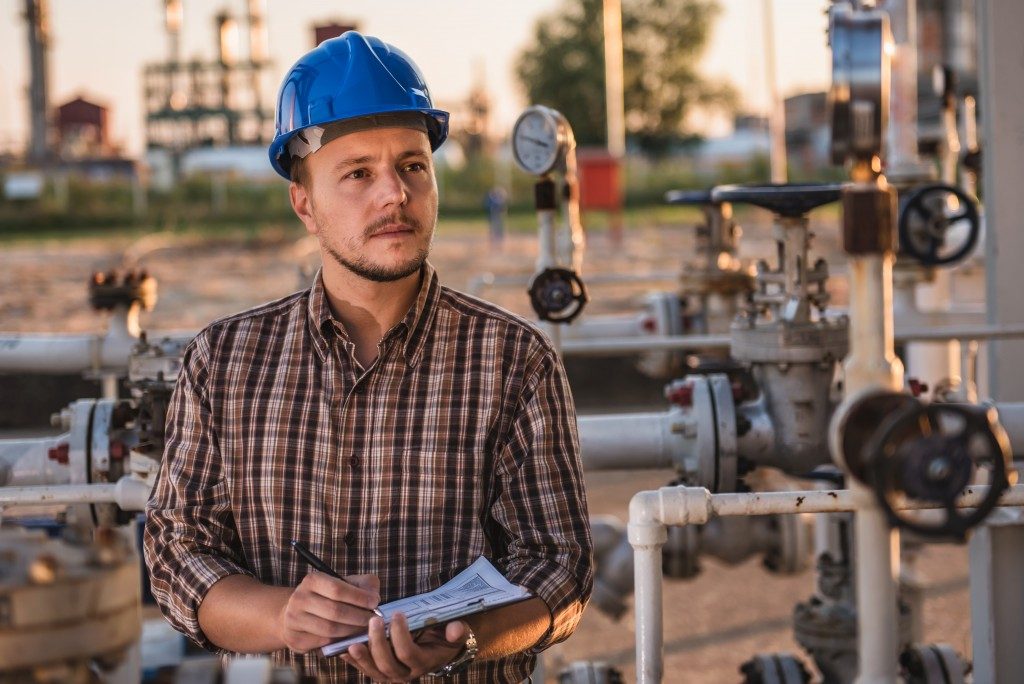The United States, in a stroke of miracle, is set to exceed Saudi Arabia later this year in terms of petroleum and other energy exports. Exporters and importers are building more storage tanks in response to the boom. Tank installers and repair technicians also benefit from this industry growth. When the tanks show any defect, owners immediately have them repaired to avoid ugly and costly oil spills.
If aboveground storage tanks are constructed according to API 650 and API 12C standards, the owner’s first consideration when shopping for contractors is their API 653 Standard certification. The standard by the American Petroleum Institute covers inspection, alteration, and API 653 aboveground storage tank repair.
Once a contractor with the necessary certification has been hired, it’s time to go through the long process of cleaning and repairing storage tanks.
On-Site Safety Meetings
Every tank cleaning starts with on-site meetings to establish safety protocols. Meetings must be documented and must result in a health and safety plan for the site. During the meeting, the certification of workers who will clean the aboveground storage tanks must be ascertained.
A safety area for the entry and exit of cleaning crews and removed products must also be established. This area should have a system to monitor the air quality in the tank, which must be continuously vented.
Crew Safety and Management

The crews working on storage tanks must have Transportation Worker Identification Credential, insurance, work permits, and the latest training available. On top of this, all OSHA and API standards must be met due to the inherent danger of entering and working in a confined space such as a petroleum tank.
A minimum of three people is needed to clean the tanks. Aside from PPE, they must be equipped with confined space entry and rescue gear. Air systems must also be supplied on top of trucks for product removal and cleaning.
Tank Isolation and Draining
Remove the tank that will undergo cleaning from the system. Drain the lines, install blind and pipeline flanges, and then vacuum and squeegee the remaining product from the tank. Shunt gas out to less than a lower explosive limit of 10 to achieve the lowest possible concentration of flammable gas or vapor in the tank.
Time to Clean
Finally, it’s time to clean. Pressure washing, manual and remote operated diving, sandblasting and resurfacing, and chemical cleaning are among the popular cleaning methods employed.
Pressure washing is the prevalent method used by the oil industry. Diving involves the use of specialized inspectors or remotely operated vehicles to inspect and clean the content of tanks without removing them from commission. Corrosion calls for sandblasting and resurfacing from high-level contractors. Chemical cleaning uses the same principles as pressure washing except that it supplants water with chemicals.
Regardless of the cleaning method, crews typically divide the tank into sectors for easier cleaning. Contamination is also avoided through this method. Runoff from the remaining cleaning product will be vacuumed out.
Repairs will be kept to a minimum if refineries choose contractors with the proper certificates. The same contractors should be able to provide complete liquid storage tank services, from installation to maintenance. Well-constructed tanks that are regularly maintained and repaired should last for 20 years.

